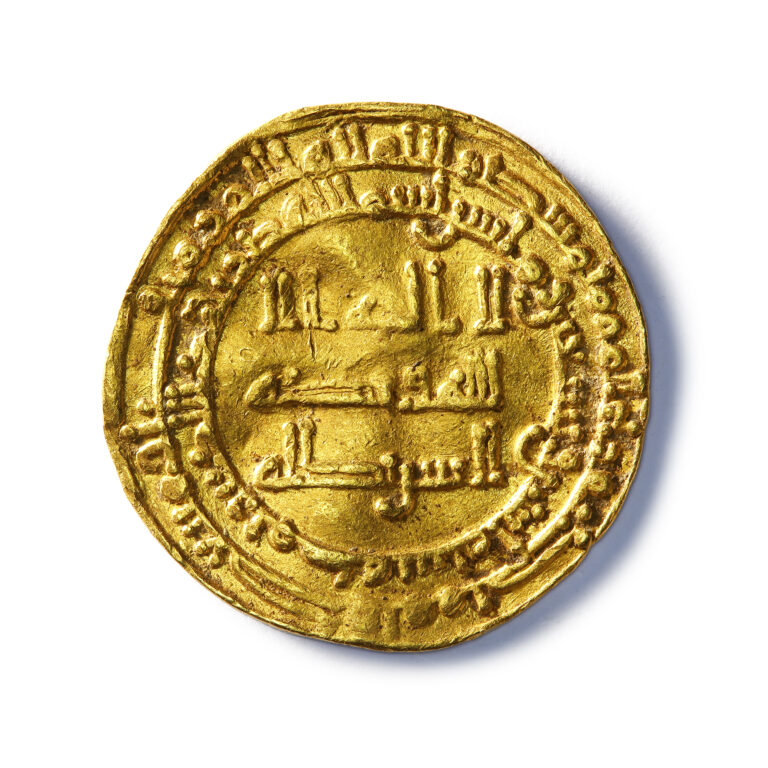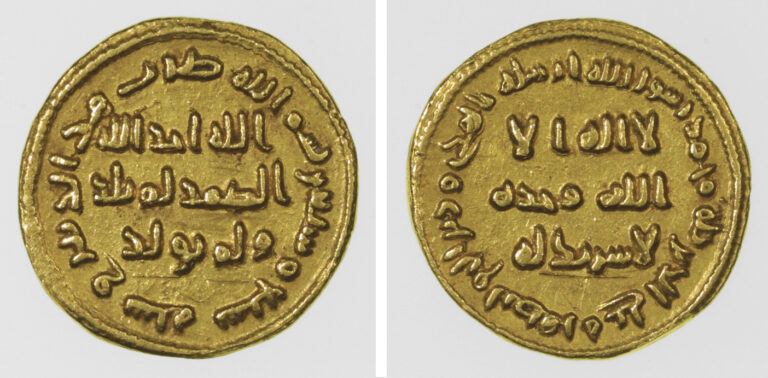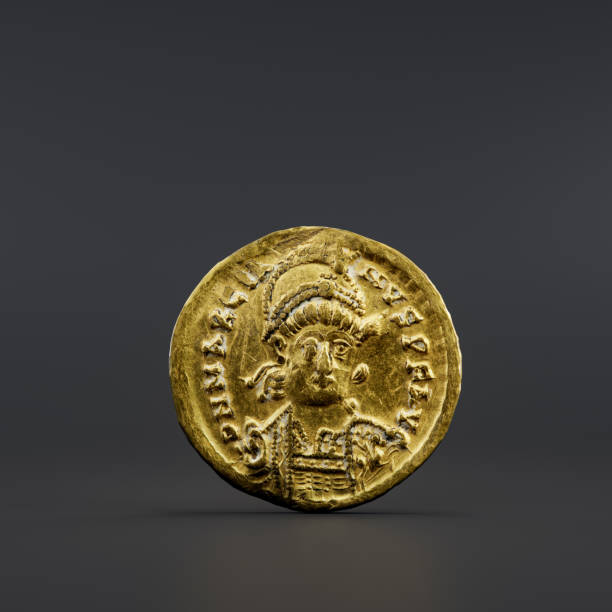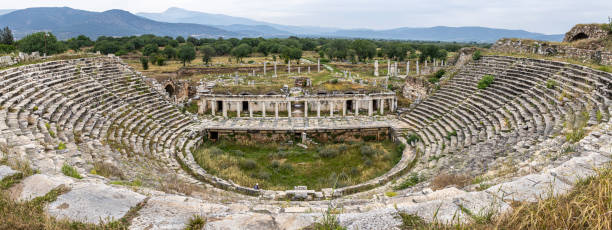Viking gold trade and hoards: how raiding and commerce spread gold across Europe
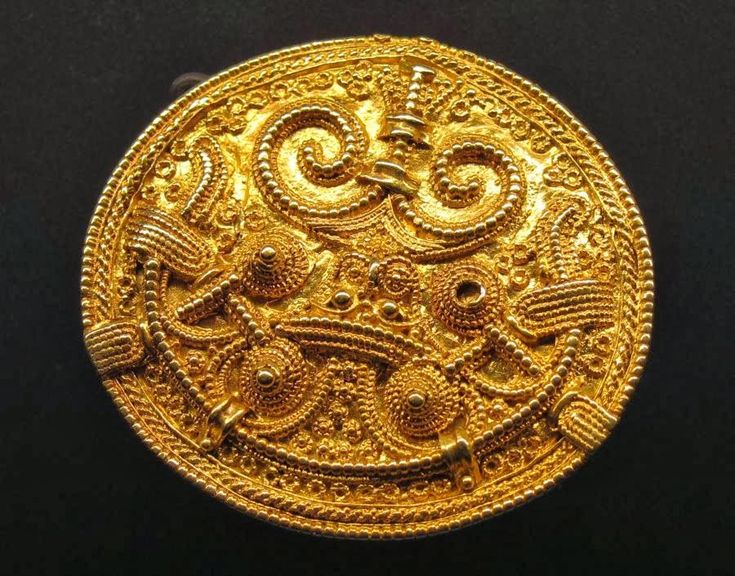
The Viking gold trade played a crucial role in the movement of wealth across medieval Europe. While much of Western Europe had shifted to a silver-based economy, the Vikings continued to acquire and circulate gold through raiding, trade, and mercenary…


